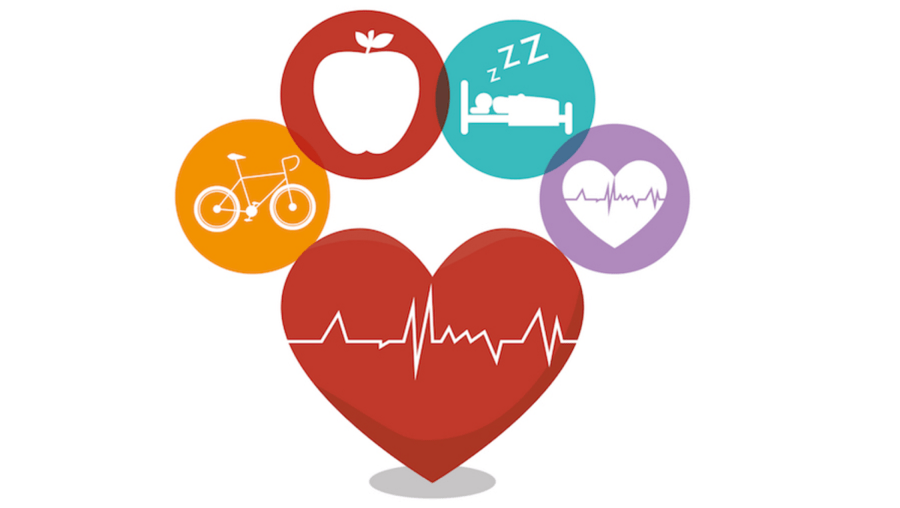The Synergistic Relationship Between Work-Life Balance and Enhanced Creativity and Innovation
In contemporary organizational settings, the concept of work-life balance, often defined as the equitable distribution of time and energy between professional and personal commitments, is increasingly recognized as a crucial factor influencing individual well-being and organizational performance. This article explores the multifaceted relationship between work-life balance and its profound impact on creativity and innovation, leveraging established theories and models from organizational behavior and positive psychology. We will analyze how achieving a healthy work-life integration unlocks significant potential for both the individual and the organization.
Combating Burnout and Promoting Resilience: Safeguarding Creative Capacity
The Job Demands-Resources (JD-R) model posits that high job demands coupled with low job resources lead to burnout, characterized by emotional exhaustion, cynicism, and reduced professional efficacy. Burnout significantly impairs cognitive function, hindering creative thinking and problem-solving abilities. Conversely, work-life balance acts as a crucial resource, mitigating the negative impact of job demands and fostering resilience. Activities outside of work, such as hobbies, social interactions, and relaxation techniques, replenish psychological resources, enhancing one's ability to cope with workplace stressors and maintain a healthy creative spark. This aligns with the Conservation of Resources theory, which emphasizes the importance of resource preservation and acquisition for well-being and performance.
Enhanced Cognitive Function and Problem-Solving: The Power of Mental Detachment
Time away from work facilitates mental detachment, a crucial component of the incubation stage of creative problem-solving. Engaging in non-work activities allows for unconscious processing of information, enabling the generation of novel ideas and solutions. This is supported by the concept of "incubation," where stepping away from a problem allows the mind to process information subconsciously, leading to breakthroughs upon returning to the task. Furthermore, diverse experiences outside of work broaden one's perspective, fostering a more holistic and flexible approach to problem-solving, as suggested by the broaden-and-build theory of positive emotions.
Nurturing Well-being and Fostering Intrinsic Motivation: The Foundation of Creative Output
Work-life balance significantly contributes to overall well-being, a key predictor of creativity and job satisfaction. Self-determination theory highlights the importance of autonomy, competence, and relatedness in fostering intrinsic motivation. A balanced life provides individuals with greater autonomy over their time and activities, enhancing feelings of competence and fostering stronger social connections. This heightened sense of well-being translates into increased intrinsic motivation, leading to greater engagement in work and enhanced creative output.
Improved Collaboration and Team Dynamics: Leveraging Diverse Perspectives
Work-life balance fosters a more well-rounded individual with diverse experiences and perspectives. This diversity enriches team dynamics, promoting more robust brainstorming sessions and innovative solutions. Social Cognitive Theory emphasizes the importance of observational learning and vicarious experiences in shaping behavior and creativity. Individuals with balanced lives often possess a wider range of experiences, providing valuable insights and perspectives that enhance collaborative problem-solving.
Increased Productivity and Organizational Effectiveness: A Synergistic Approach
The positive effects of work-life balance extend beyond individual well-being, influencing overall organizational effectiveness. Employees with a healthy work-life balance demonstrate increased productivity, reduced absenteeism and turnover, and enhanced job satisfaction. This, in turn, contributes to a more positive organizational climate, fostering a culture of creativity and innovation. The resource-based view of the firm underscores the importance of human capital as a key organizational resource. Investing in employee well-being, including promoting work-life balance, enhances the organization's human capital, leading to improved productivity and competitive advantage.
Cultivating a Culture of Work-Life Integration: A Holistic Approach to Innovation
Organizations can actively cultivate a culture that supports work-life integration, rather than viewing work and life as separate spheres. This can be achieved through flexible work arrangements, supportive leadership practices, and a commitment to employee well-being. By fostering a work environment that values employee well-being, organizations can unlock significant potential for creativity and innovation. This approach aligns with the principles of organizational justice and positive organizational scholarship, both of which emphasize the importance of creating a positive and supportive work environment.
Conclusions and Recommendations
This analysis reveals a strong and multifaceted relationship between work-life balance and enhanced creativity and innovation. Organizations that prioritize employee well-being and cultivate a supportive work-life balance environment reap substantial benefits in terms of increased productivity, reduced burnout, improved collaboration, and heightened innovation. Further research could explore the specific mechanisms by which work-life balance influences different aspects of creativity, such as idea generation, implementation, and evaluation. A longitudinal study could examine the long-term effects of work-life balance interventions on employee well-being and organizational performance. The implementation of organizational interventions to promote work-life balance should be tailored to the specific needs and context of the organization, incorporating employee feedback and incorporating a variety of strategies such as flexible work arrangements, on-site childcare facilities, and employee assistance programs.
Reader Pool: Considering the discussed theoretical frameworks and empirical evidence, what strategies do you believe are most effective in fostering a culture of work-life balance within organizations, and how might these strategies be adapted to various organizational contexts and industries?




No comments yet. Be the first to share your thoughts!